Menu
Trees grow over 30 feet tall, with canopies that expand over half their height. However, trees start as tiny seeds and require routine care to enhance growth. If you have a tree planting project lined up, it is advisable to understand the different stages of development. At Driscoll Tree Service, we have professional arborists with extensive experience in tree planting and maintenance, giving you peace of mind throughout the project. If you prefer a more hands-off approach to landscaping, hire a tree care company to handle the heavy lifting. Here are the growth stages of a tree.

As mentioned, every tree starts as a tiny seed that needs a safe place to sprout. Germination is when the primary roots break through the seed, anchoring the seed and providing water for development. Once this happens, the shoot grows upwards and has a leaf. The seed can grow above the shoot leaf, pulling the tip through the soil, or below the shoot leaf, pushing the entire shoot through the soil.
Once the shoot grows above the ground, it becomes a seedling. Many trees are susceptible to infections and infestations during this stage, hence the need to schedule routine inspections with a tree service provider. We leverage unmatched industry knowledge to inspect, diagnose, and address problems before things worsen. We recommend investing in regular care until the seedlings reach three feet tall.
What is the difference between a sapling and a mature tree? Well, saplings have flexible trunks and thinner or smoother bark. Once your seedlings exceed three feet, they become saplings. However, different species vary in their duration during this developmental stage. Trees with long lifespans, such s oaks, can remain in the sapling stage longer than short-lived species.
If your trees produce flowers and fruits, they enter the next stage: maturity. Based on the species, healthy trees can live up to 300 years before reaching the next stage. A popular tree species in many homes is the English oak, which produces acorns in the 40th year after planting. Besides the tree’s longevity, regular inspections and maintenance by a tree care company go a long way in maximizing health.

Ancient trees can’t be labeled by age because many generations have come and gone. So, how do you identify characteristics of a tree beyond maturity? There are two giveaways to help you identify an ancient tree: a wide trunk and a small canopy. A tree can also be ancient if it is a few hundred years, like Rowan, or when it’s several millennia old.
This is the final growth stage, also known as a snag. It comprises dead or dying trees that pose a safety hazard to the environment. In addition, dead wood attracts insects, pests, and other vermin to your home. Call a tree service for professional removal if you suspect a dead or dying tree in your backyard.
Contact us at Driscoll Tree Service and schedule an appointment with our experts. We understand the importance of trees in your home and offer exceptional care to ensure you maximize your investment.
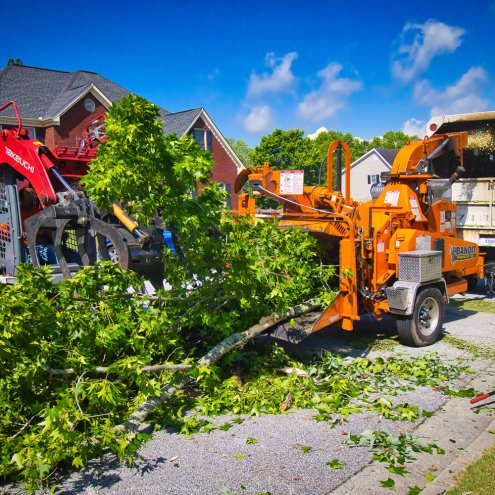
The Dangers of Ignoring Tree Removal Trees are not only nature’s exquisite creations but also valuable assets that enhance the beauty and character of your landscape. Their presence provides shade, improves air quality, and contributes to the overall aesthetics of…
Read More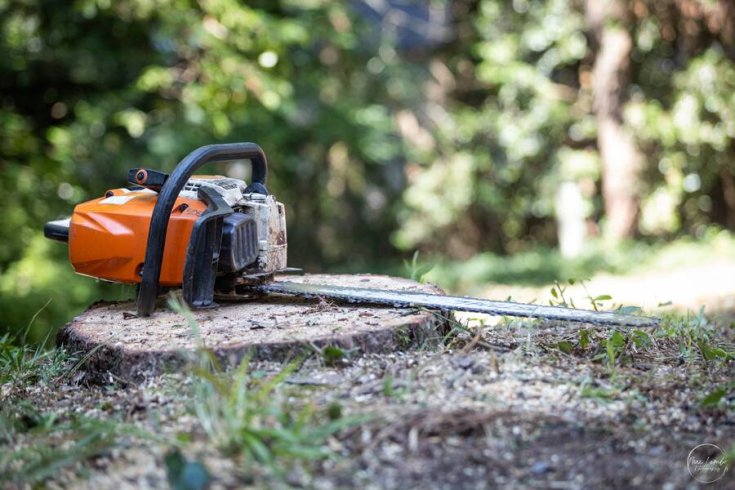
If you’ve ever stood in your yard and looked up at a big ole tree, then you know the mix of feelings it can stir. On one hand, that tree has probably given your home shade, beauty, and maybe even…
Read More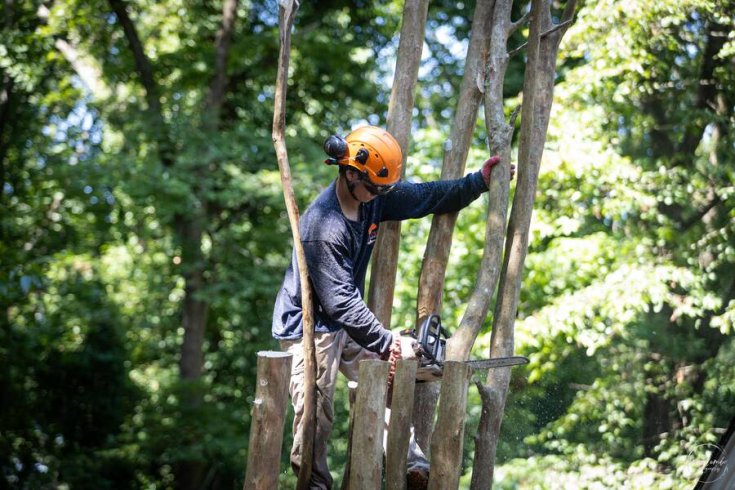
3 Reasons to Have Your Fruit Trees Trimmed This Year Tree trimming might seem like just a haircut for your trees, but it’s much more than aesthetics when it comes to fruit trees. Annual trimming plays a vital role in…
Read More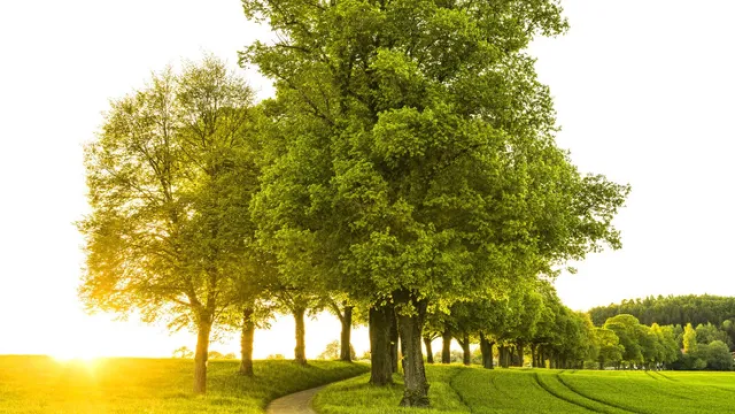
Essential Tree Care Tips for Every Season Trees require regular care and maintenance to thrive. However, different seasons call for specific care to prevent irreversible damage and premature tree removal emergencies. With that in mind, hiring a professional tree care…
Read More
4 Ways to Fill the Empty Space Where a Tree Was When a tree is removed from your yard, it can leave a space that can be challenging to fill. Fortunately, various creative and functional ways exist to fill that…
Read More
Why My Trees Look Bad Trees are alive and need regular care. Like most living things, they can get injuries or diseases. While it is not always easy to identify signs of infection or infestation in trees, you may have…
Read More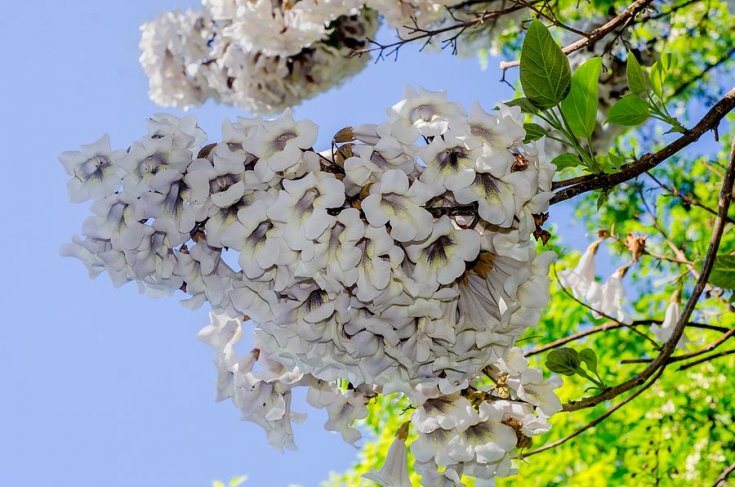
3 Types of Tree Flowers There’s nothing more spectacular than the fantastic spectrum of colors as different trees bloom. Whether you appreciate the distinct scent of blooming pine cones or despise the memory of stepping on mushy fruits, trees don’t…
Read More
Tree Removals for Pool Construction Installing a pool in your backyard is an exciting project, especially when you have countless hours of relaxation, fun, and exercise to look forward to. However, the journey from planning to the first swim often…
Read More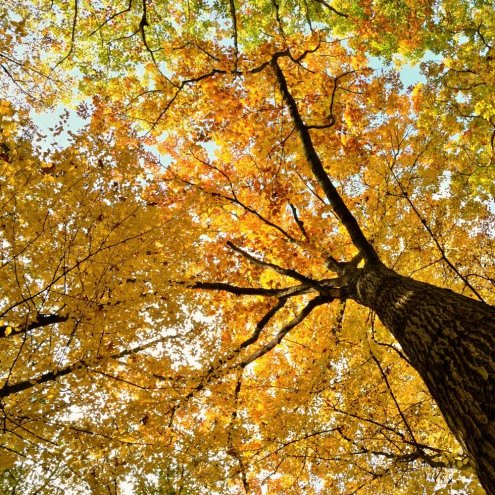
Reasons for Early or Dull Fall Color Autumn is celebrated for its breathtaking foliage transformation, as lush green leaves gradually change to vibrant reds, oranges, yellows, and browns. However, not all falls are equal, and some are more memorable than…
Read More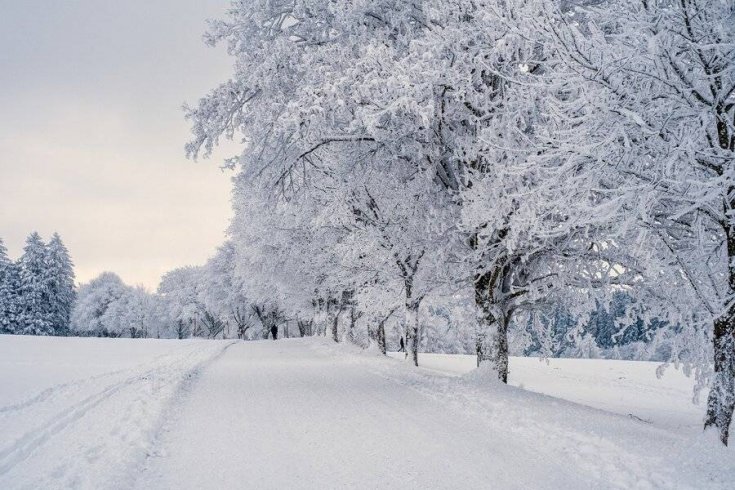
Don't Ignore This Winter Tree Maintenance Winter is often characterized by barren trees sleeping dormant against ice and snow. While this is a breathtaking sight, property owners often overlook maintenance, forgetting these sleeping giants are alive under the snow. Proper…
Read More